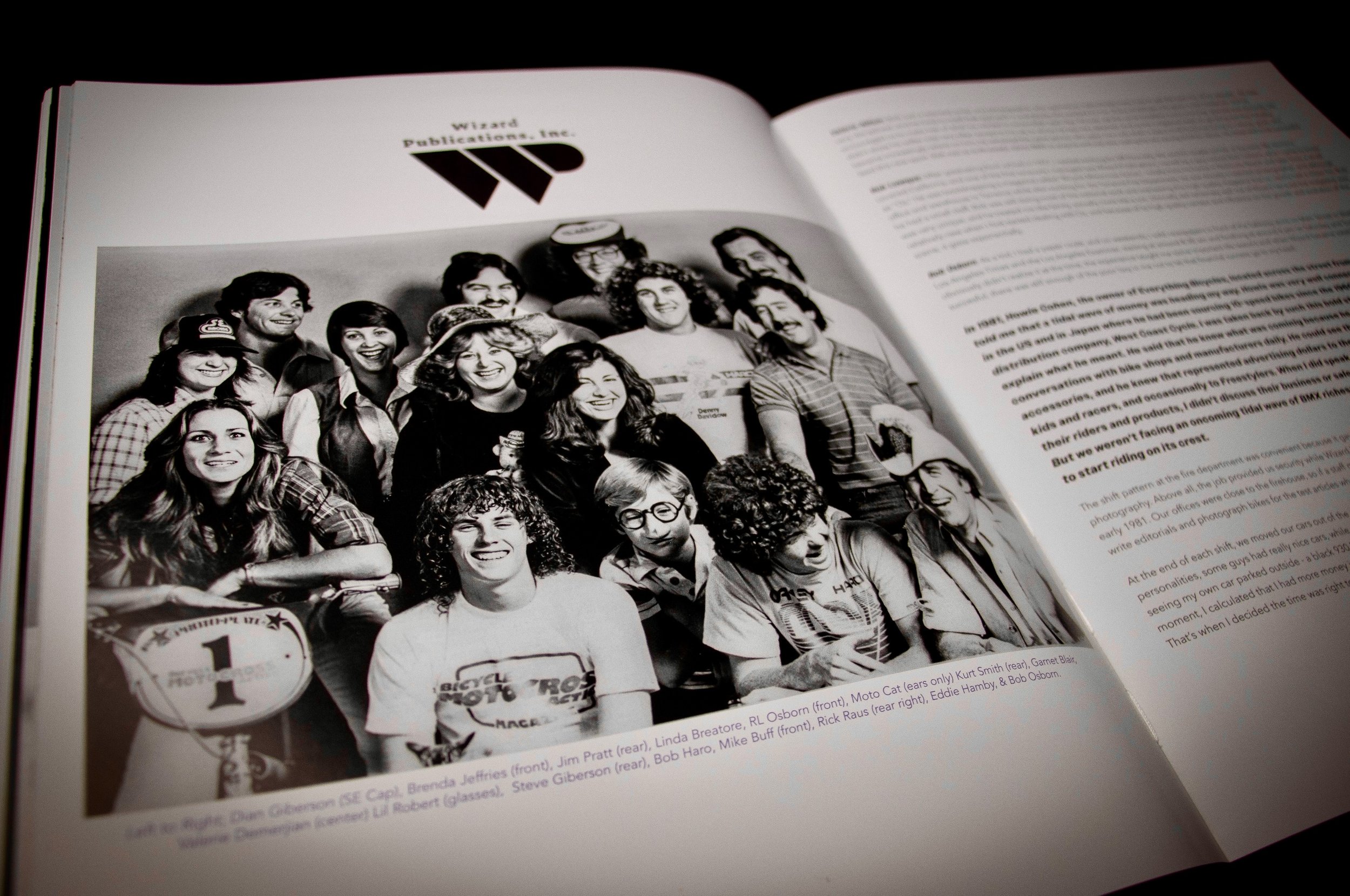BOOK PURCHASE OPTIONS
Purchase the book as a single item or take advantage of a nostalgia package containing a pair of Custom Vans Wafflecup Slip-Ons (while sizes last), a Backpack, and a copy of the 560-page hardcover book.Shop The Custom Vans COLLABORATION SLIPON
PURCHASE THE Book
-

Bob Osborn
FOUNDER / PRESIDENT / EDITOR IN CHIEF, WIZARD PUBLICATIONS
"Dom Phipps' has created a prodigious, brilliant, graphic, gritty chronicle about a time when kids on bicycles changed the world. This is a book about legends. You converse with them, you ride with them, and you get banged up elbows learning new tricks with them. The Birth of the BMX Freestyle Movement is the definitive gospel on the early days of Freestyle."
-

Bob Haro
BMX Freestyle Originator / Haro Bikes Founder
“Dom’s dedication to archiving and sharing the historical narratives of BMX not only honors sports history but also inspires future generations to appreciate the community that founded BMX and its original culture. Dom's tireless work has solidified his invaluable role in preserving our history to its deepest roots.”










